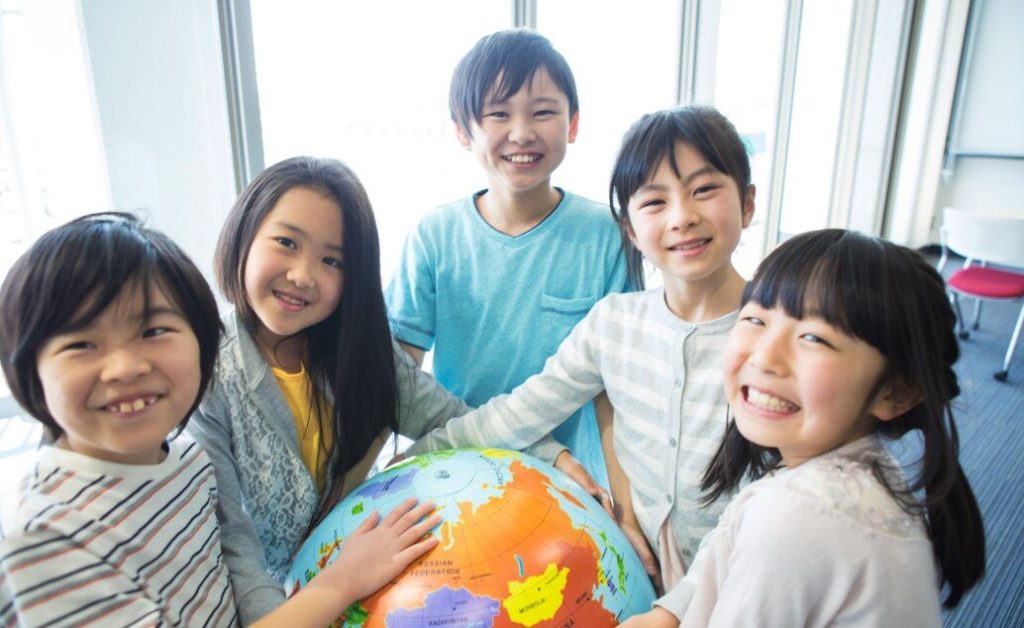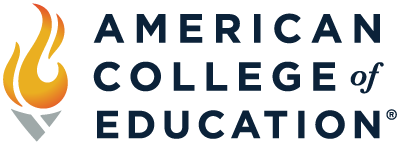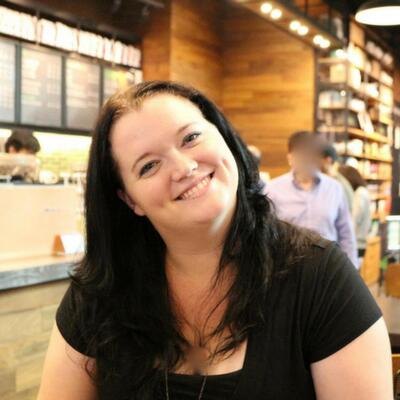
You will hear it again and again in the field of education: collaboration is key. And yet, that doesn’t mean it’s always easy, especially when collaborating requires you to navigate cultural differences. As someone who’s taught in a different country each year for the last four years, trust me – I know. But if working with teachers from all over the world has taught me anything, it’s that we all have the capacity to collaborate successfully across the axis of difference if we’re willing to put in the work. Here’s how you can prepare yourself.
Consider the Background
Culture plays a major role in how people work together. Even if you teach in your hometown and your co-workers are also from the area, you were not all raised in exactly the same way. Differences in native language, religious upbringing, and personal beliefs all affect how we deal with each other. To collaborate and co-exist in a work environment successfully, you need to understand each other’s backgrounds.
Is this all too abstract? Let me give you an example. As a teacher at an international kindergarten in Thailand, I had Thai classroom assistants who would help me with preparing materials, tidying the classrooms, and assisting students. They were the most wonderful, welcoming, and helpful ladies you could ever hope to meet, but they didn’t speak much English. No problem, you may think, I’ll speak slowly and clearly. Every time I gave a direction, the assistants would smile, nod and chirp, “OK, Teacher!” And then they would proceed to do something completely different than what I had said.
Lead with their Communication Style
One size doesn’t fit all, and sometimes, you need to get to know people to know what works for them. Some people like to be addressed directly. Some people prefer a more flowery approach to expressing differing opinions. Some people communicate better in person. Some people would rather run away than talk to others. (Email them.) By meeting people where they are and approaching them through the medium that works best for them, you’ll likely find they’re much more open to collaboration. Don’t be afraid to change it up.
In my situation, speaking English was not doing the trick (and, unfortunately, my Thai never really developed beyond numbers and saying “Wow, it’s hot!”). Perhaps a different approach was the answer. Instead of speaking, I started showing. I acted things out, made samples, and printed pictures. Immediately, there was a marked improvement in their understanding of what I was trying to communicate, and it was all because I stopped trying to communicate the way I usually do (spoken English) and started using a method we all had in common (visuals). The result? Our communication grew stronger every day.
Put All Your Cards on the Table
Sometimes, when collaborating, you just need to be honest. Sit down with someone and say, “I do things this way. You do things that way. They are both good ways, so how can we bring them together?” Once you have learned about someone’s background and figured out the best way to communicate with them, it’s time to be as clear as possible. Get everything out in the open so that you can move forward together with all of the facts. Who knows – maybe they were misunderstanding you this whole time!
In my Thailand example, communication and collaboration were better than ever, but I still felt that there was a wall between me and my teaching assistants so I sat down to a meeting with them and one of our fabulous school translators. I put my cards on the table: I was trying (and mostly failing) with my Thai, I knew they were doing their best with English, and I knew that we were all doing our best for our students. I wanted them to know that they could come to me with questions, tell me if I had not explained something well, and that they could disagree with me. Just because I was the lead teacher, I was not infallible.
As it turned out, no other teacher had said that to them before. They had been primed to say yes (whether or not they understood or agreed) and to figure it out later, but they had so much experience and so many great ideas that they wanted to share. From then on, we experienced true and open collaboration.
Collaboration will never be flawless. There will always be bumps, misunderstandings, and differences of opinion. Still, there are always things you can do to better your odds and create a positive environment for working together. As a teacher, you must be a lifelong learner and who better to learn from than the educators right beside you?
Join a robust educator community full of diverse experiences when you become an American College of Education student. Explore our graduate-level programs in education and find the one that fits your needs.

